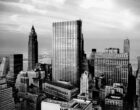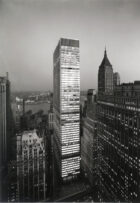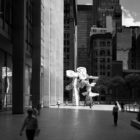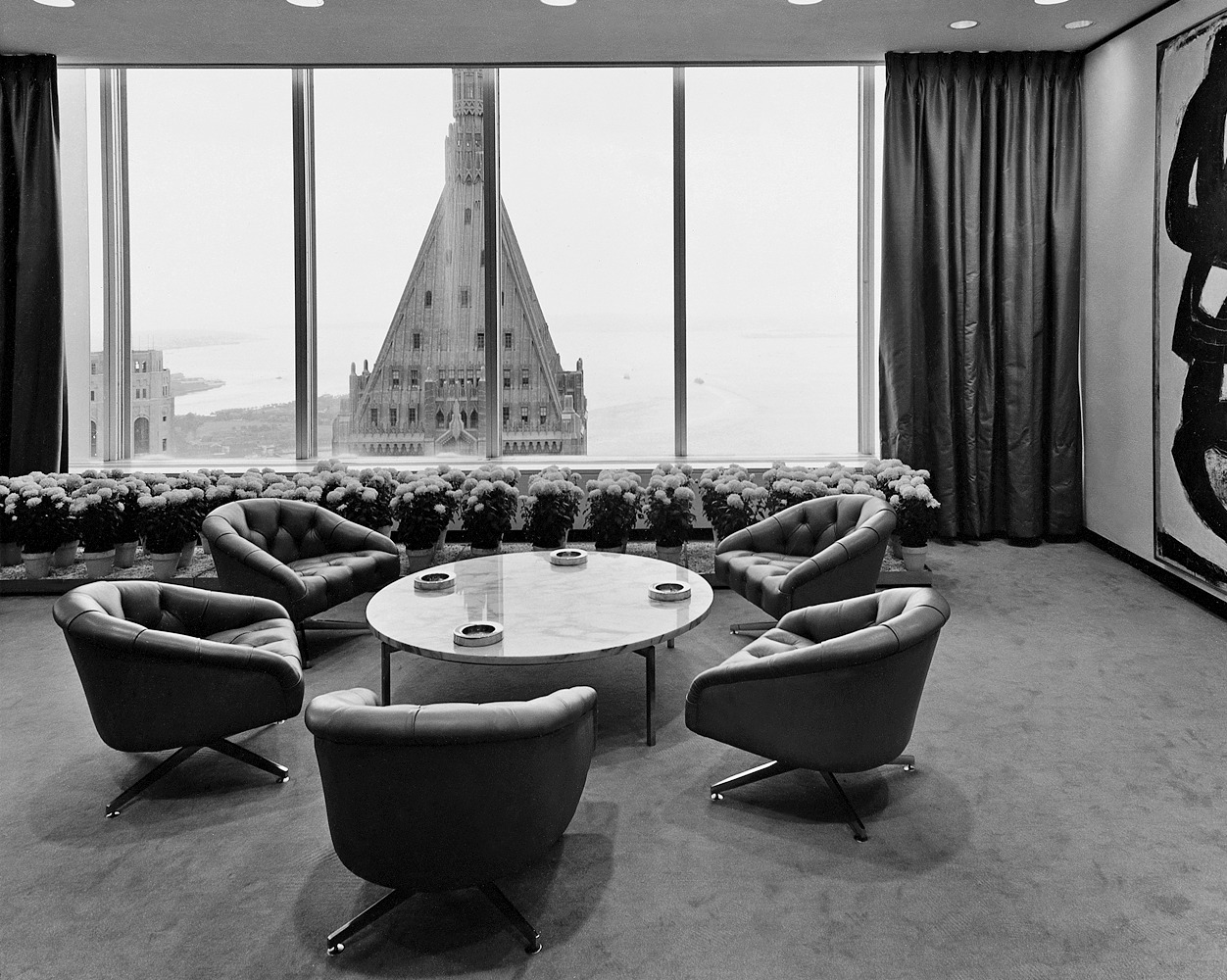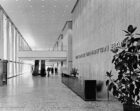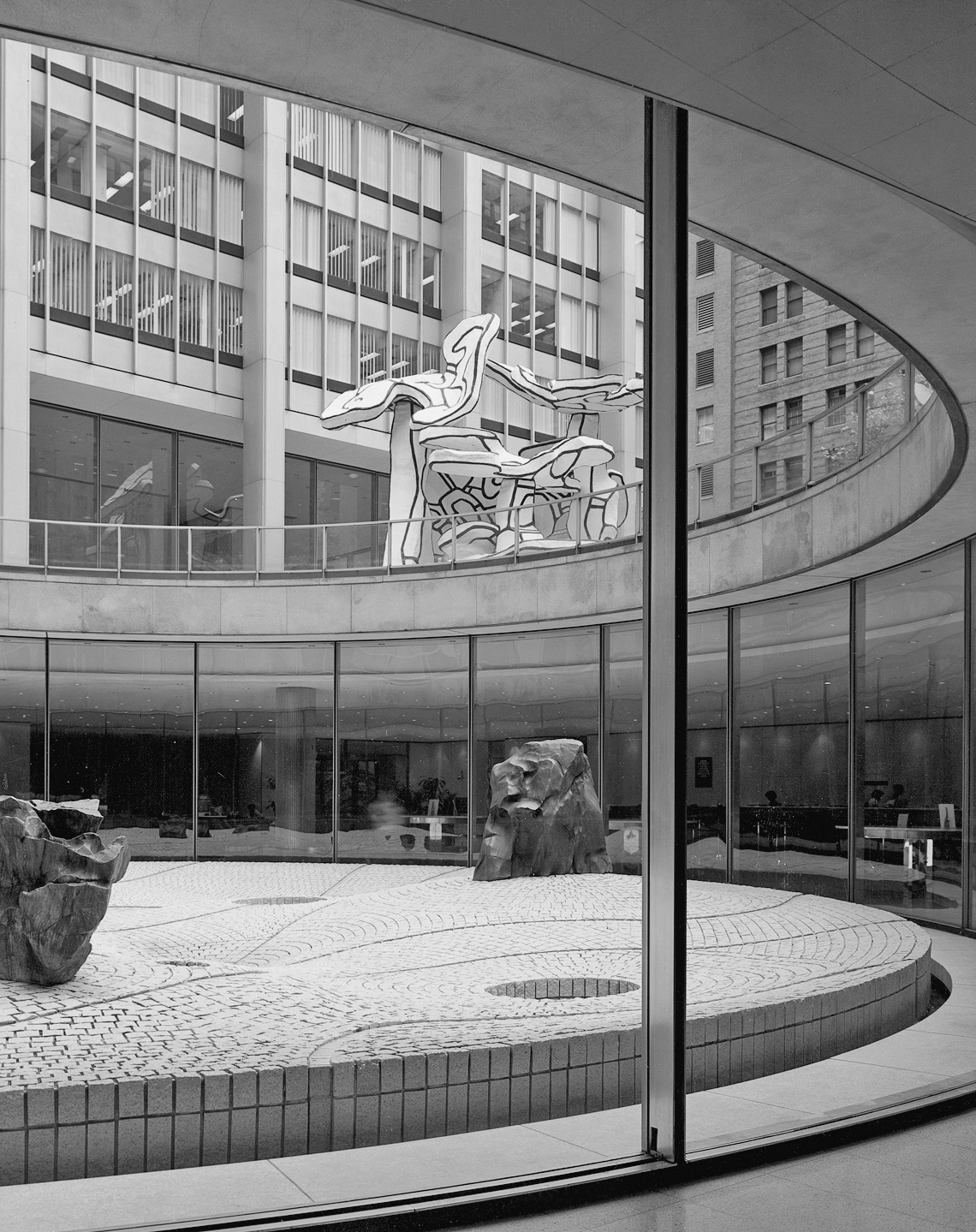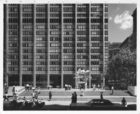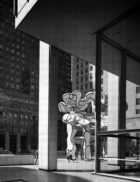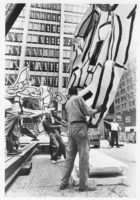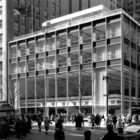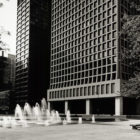Reshaping Lower Manhattan
When Chase National Bank and the Bank of Manhattan merged in 1955, the newly-formed Chase Manhattan Bank had a workforce of 8,700 people spread across different offices throughout New York City. The company’s Executive Vice President for Planning and Development, David Rockefeller, and SOM put forth a forward-looking vision for its future headquarters, with plans to bring modernism and open space to the Financial District. The tower was not only the first International Style building in Lower Manhattan, but also one of the first major buildings to be erected in the Financial District since the Great Depression. At the time of its completion, its rectilinear shape stood in stark contrast to the earlier spires of downtown, and its expansive plaza provided vast outdoor public space within one of America’s densest neighborhoods.
These are ambitious structures of character and quality, surrounded by the most expensive urban luxury money can buy—space. In a remarkable duality of purpose, reconcilable only in this commercial age, they aspire to the dual role of company trademark and work of art.
